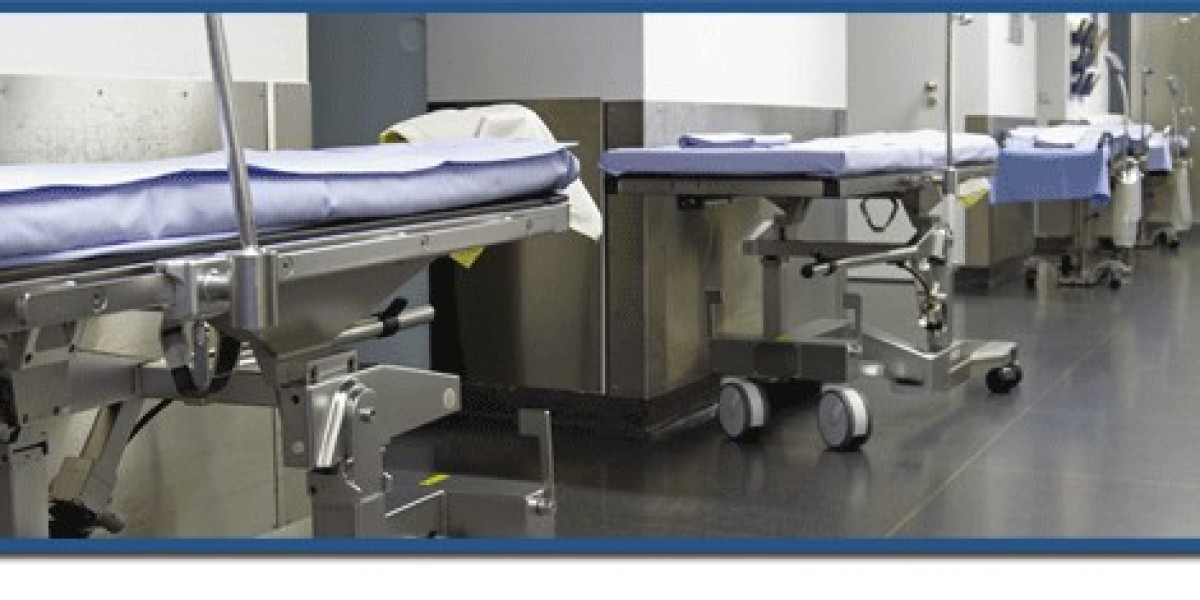How to Reduce Infection in Hospitals
Infection control in hospitals is a big job. Every healthcare administrator, physician, department head, and director of materials management is concerned about improving procedures and equipment to combat hospital-acquired infectious diseases. Adherence to proper hand washing technique reduces nosocomial infections, and recent studies have shown that there are methods to improve staff compliance with hand hygiene.

Isolation procedures are another concern, both in architectural design and staff procedures. Surface disinfection can be a big factor in reducing infection in hospitals, especially in intensive care units and isolation wards. Not only do shoddy practices or unclean surfaces cause infections for patients and the general public, but hospital workers themselves are at high risk for infectious diseases. Newer products such as hygienic wall coverings and antimicrobial light sources can reduce surface-based pathogens in hospital environments. As science advances, the industry responds by producing new safety-enhancing products for medical facilities large and small.
Multiple Measures to Reduce Hospital-Acquired Infections
In planning for the best infection control in hospitals, standard precautions and transmission-based precautions include isolation and proper procedures for the type of transmission: contact, airborne, or droplet. In addition to robust systems for staff, the space must have the most hygienic and antimicrobial products installed. Environmental and architectural factors are not taken into consideration often enough. Proper ventilation of all units, and special ventilation of isolation units will reduce airborne transmission. Recent research has shown that environmental surfaces play a more active role in pathogen transmission than was previously believed. Antimicrobial wall panels and other surface coverings that actively resist bacterial, fungal, and viral organisms can reduce the surface levels of microorganisms. While disinfection may be performed consistently, additional support by using antimicrobial materials in construction or renovation can increase safety.
Pathogens Are World Travelers
As worldwide travel brings pathogens from every corner of the planet into hospitals in every country, hospital infection control becomes more important. From architectural layouts that properly isolate infectious patients to protecting the most vulnerable from infections, design and traffic patterns can keep more patients safe from infections. The infection control plan and safety of a hospital is a selling point in a competitive medical environment. Patients will choose the facility with the best reputation, the most modern features and equipment, and the most highly-regarded medical staff. A well-designed and maintained environment helps hospitals attract not just patients, but distinguished physicians and other staff. Given the choice between performing surgery in a hospital with hygienic wall coverings and one that may occasionally disinfect secondary surfaces, the winning facility is obvious. As more research shows that surfaces hold active pathogens for longer periods, hospitals need to use every effort to decrease microbial activity on walls and secondary surfaces that can transfer viruses and bacteria to staff hands.
Sourcing Materials to Assist the Infection Control Plan
Specialized UV lighting can actually kill pathogens in hospital environments. Newer antimicrobial textiles can be incorporated into hospital environments. And to assist in keeping surfaces disinfected, antimicrobial wall panels like WPAM-12 Antimicrobial Wall Covering by Protek Systems can provide a base that resists becoming a reservoir for infection. The main message is: if you can improve hospital infection control, you should. Considering the environmental design and construction to plan for infection control improves patient outcomes, hospital ratings, and ultimately, the bottom line. The investment in durable materials to reduce nosocomial transmission is money well spent. I f you are considering hygienic wall coverings for your business Contact our team to help you choose the right products.
Source: https://www.proteksystem.com/blogs/how-wall-coverings-help-reduce-infection-in-hospitals-52









